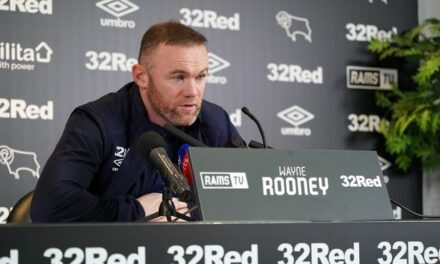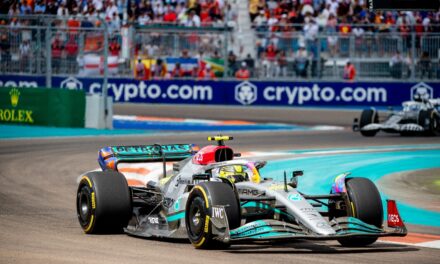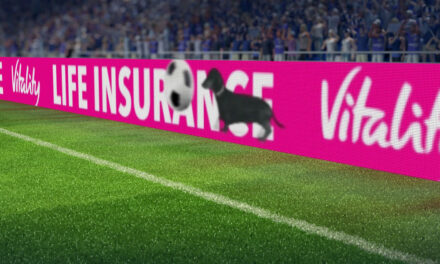Esports Series Part 3: Navigating the tides of sponsorship success in esports
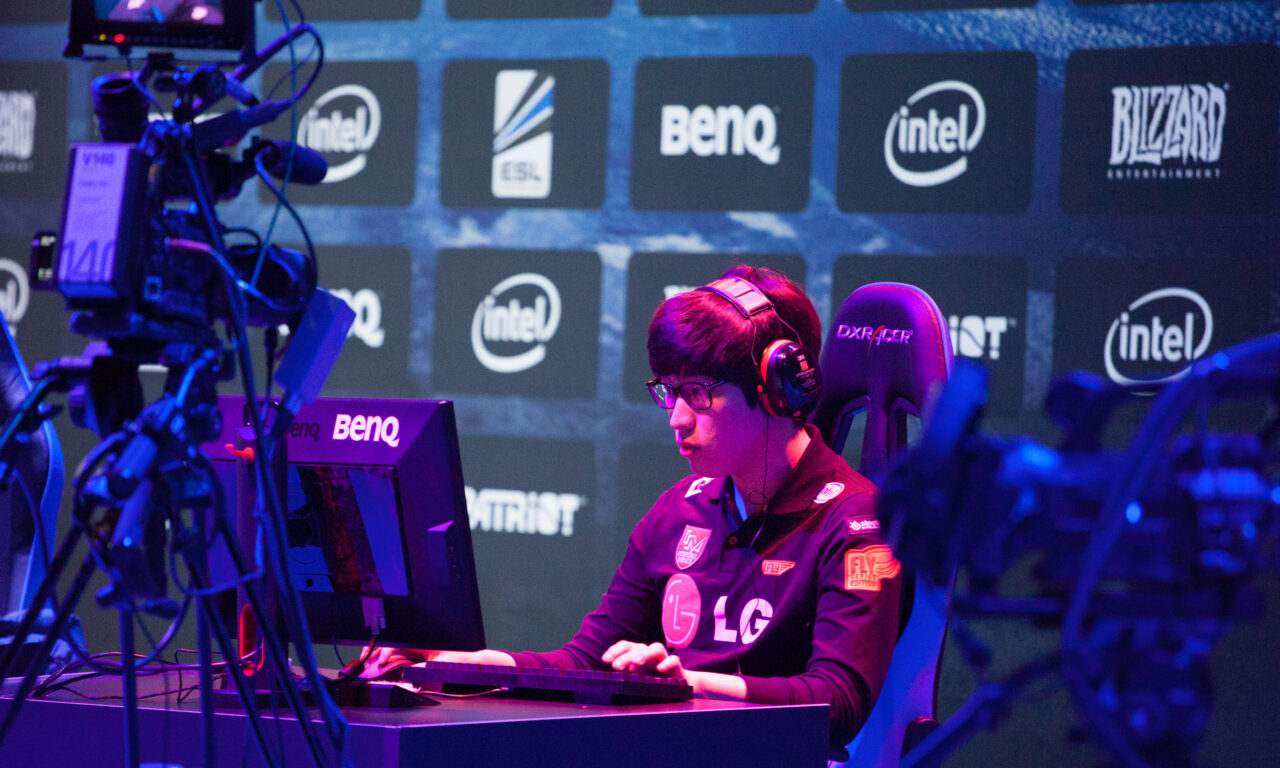
In the final chapter of our esports sponsorship deep-dive series, we once again spoke with Benedikt Becker of Shikenso to explore real-life scenarios of esports sponsorship campaigns and their outcomes. If you missed the previous articles covering the esports landscape and audience, you can catch up here.
How can brands best engage in esports?
The first step for brands is to define their intent clearly. Are you looking for prolonged, continuous exposure? Consider sponsoring an entire league or recurring event series. But if the intent is to quickly tap into the loyal following of a particular group, collaborating with an esports team might be more fitting.
A noteworthy trend is the shift towards gaming influencers. The rationale behind this is simple – influencers, with their tailored content and dedicated fanbases, often show more power to influence and drive conversions. However, the allure of short-term gains, while tempting, can be misleading. Engaging with the esports audience isn't just about sporadic visibility; it's about forging genuine connections through authentic content. If a brand aspires to make its mark in the esports ecosystem, I recommend shifting away from treating collaborations as transactional one-offs. Instead, invest in partnerships that align with your brand vision and work towards achieving shared milestones.
Through which metrics can brands measure sponsorship campaigns? If you could pick one single metric, which one would it be?
We are often too quick to judge the success of a sponsorship purely by viewership numbers. While these numbers, readily available online and reported by media, offer just a fragment of the entire picture.
It's crucial to dissect viewership numbers to truly understand the audience. Delving deeper, brands should be looking at aspects such as geographic location, age, and gender. With the digital tools at our disposal, we can further harness data aggregated from social media profiles for a more advanced audience analysis. This offers insights into factors like brand affinity, interests, income brackets, education levels, marital status and languages spoken. Surprisingly, many brands are missing these very basics. The first step is clear: know who you're aiming to reach, and then cross-verify if your sponsorship efforts are indeed reaching that demographic.
Beyond viewership and audience specifics, brands want to comprehend their visibility. How prominently was the brand showcased during an event? For how long? How many eyes were on it during brand-visible moments? Metrics such as visibility, placements, branded impressions, and total watched hours provide these insights.
But circling back to your question about the most crucial KPI – the one metric that encapsulates the success of a sponsorship campaign – there's a standout. A KPI that considers viewership, geo-location specifics, and brand visibility. This metric is the media value.
On a side note, what's exciting is that we now have the ability to monitor brand mentions. Not only can we detect if a brand was highlighted in a shoutout or discussed in the live chat, but we can also delve into the sentiment behind these mentions. This is invaluable, giving brands a real-time pulse on how their products and services are perceived and whether they genuinely resonate with the audience. It's a fascinating avenue of data analytics, melding brand awareness with emotional responses.
What are some best practices in esports sponsorship measurement, and what does the data tell you?
Absolutely, let's talk about data! We're going to dissect three cases to understand the measurement and impact of esports sponsorships. Our journey begins with the analysis of product placement by an endemic brand during the VCT Americas League for Valorant. Next, we will turn to the world of in-game integrations witnessed at the MSI London for League of Legends. And lastly, we'll pull back to a panoramic view, exploring a spectrum of sponsorship assets that painted the landscape during the IEM Cologne for Counter-Strike.
Starting with our endemic brand spotlight, these companies, known for producing gaming-essential gear, naturally gravitated towards esports sponsorships early on. They didn't merely serve as ergonomic fixtures for the players; they morphed into the tournament's most potent visual sponsorship asset. Over the course of the event, the Secret Lab chairs amassed an astounding 2.46 billion impressions across the two broadcasting months, accounting for a staggering 11% of the total media value generated for sponsors throughout this event.

Picture: Secretlab chair during the VCT Americas 2023, Shikenso Analytics sponsor detection powered by AI
Shifting focus to in-game integrations, the Mid-Season Invitational 2023 for League of Legends served as a testament to the power of subtle yet strategic branding. Here, the so-called rift -banners are utilised to showcase the brand logos of Mercedes Benz and Mastercard. Despite the banner's diminutive size, accounting just for 0.33% of the screen size, its visibility was enormous. This small asset contributed an impressive 20% to the total media value churned out by all event partners throughout the 19 broadcasting days. The underlying success of this asset wasn't just its visibility, but its sheer placement quantity – it was captured over 600k times and garnered 8.6B impressions across the tournament. This in-game Rift Banner exemplifies the adage that "size doesn’t matter." Even smaller branding assets, when strategically integrated, can engrave an indelible mark on the minds of esports enthusiasts.
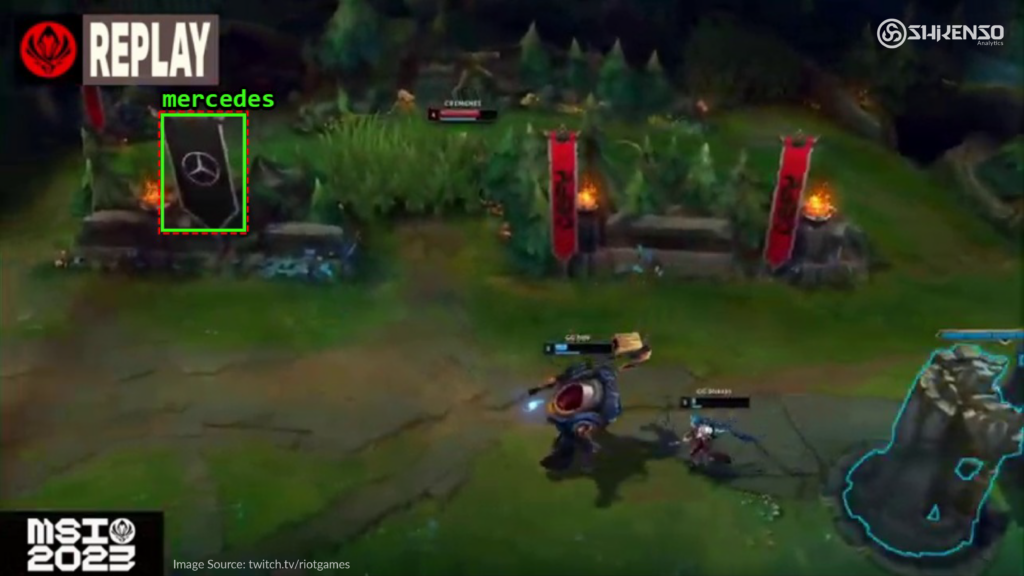
Picture: Mecedes Benz rift banner during the MSI 2023, Shikenso Analytics sponsor detection powered by AI
Lastly, we zoom out to appreciate the diverse array of sponsorship partners and assets at play during one of Counter Strike's biggest events this year, the IEM Cologne. Through our event report, the Shikenso Esports Radar, we closely tracked the eleven broadcasting days. Collectively, across the top 10 live-streaming channels the event generated a remarkable media value of €31.28m, encapsulating both global and local event partners. Intel, the event's title sponsor, emerged as the biggest winner, pocketing the lion's share of 30% of the total media value, translating to €9.4m. Looking into the integration specifics, it's fascinating to note that the backwall and transition placements were the real heroes, accounting for a massive 80% of the sponsors' media value.
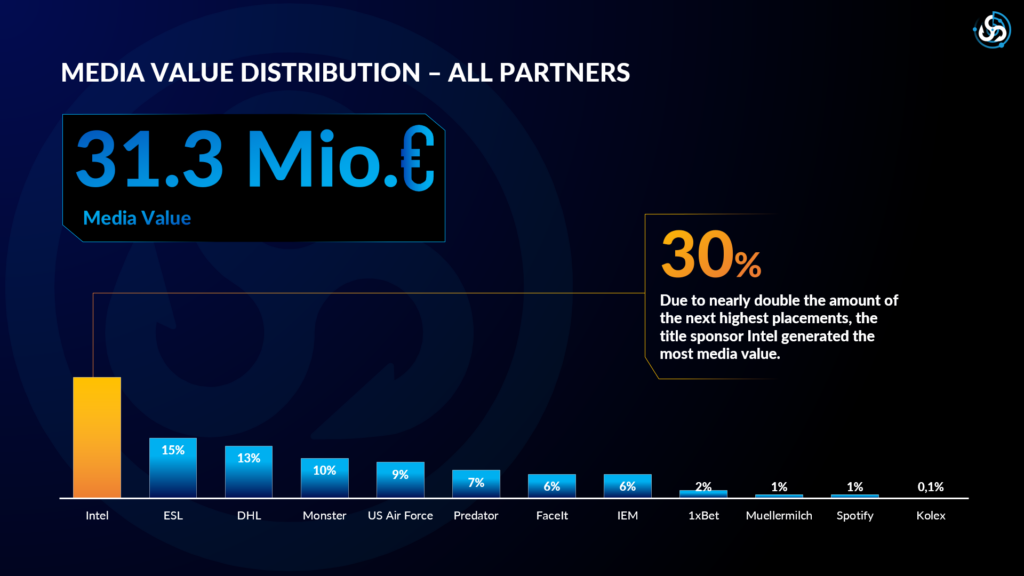
Picture: Media Value Distribution of the IEM Cologne 2023, Shikenso Esports Radar
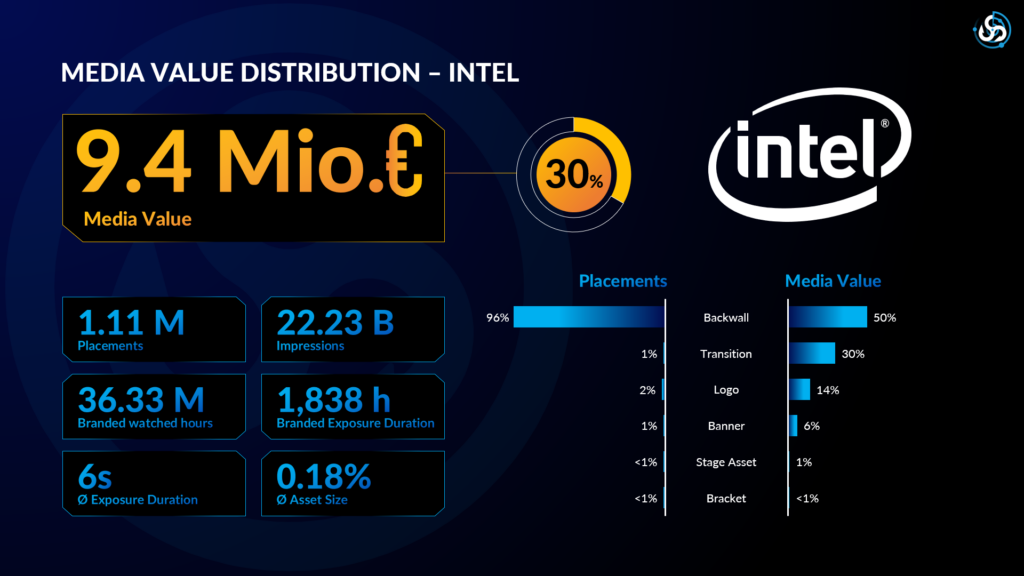
Picture: Media Value and Placement distribution of Intel during the IEM Cologne 2023, Shikenso Esports Radar
These cases underscore the multifaceted nature of esports sponsorships and the profound impacts they can have when strategically implemented.
I hope that your readers now have gained first-hand insights into the esports landscape, its unique audience, the variety of sponsorship types, and, critically, the indispensable role of analytics. The world of esports offers opportunity, and I hope to see more brands harnessing its potential.


